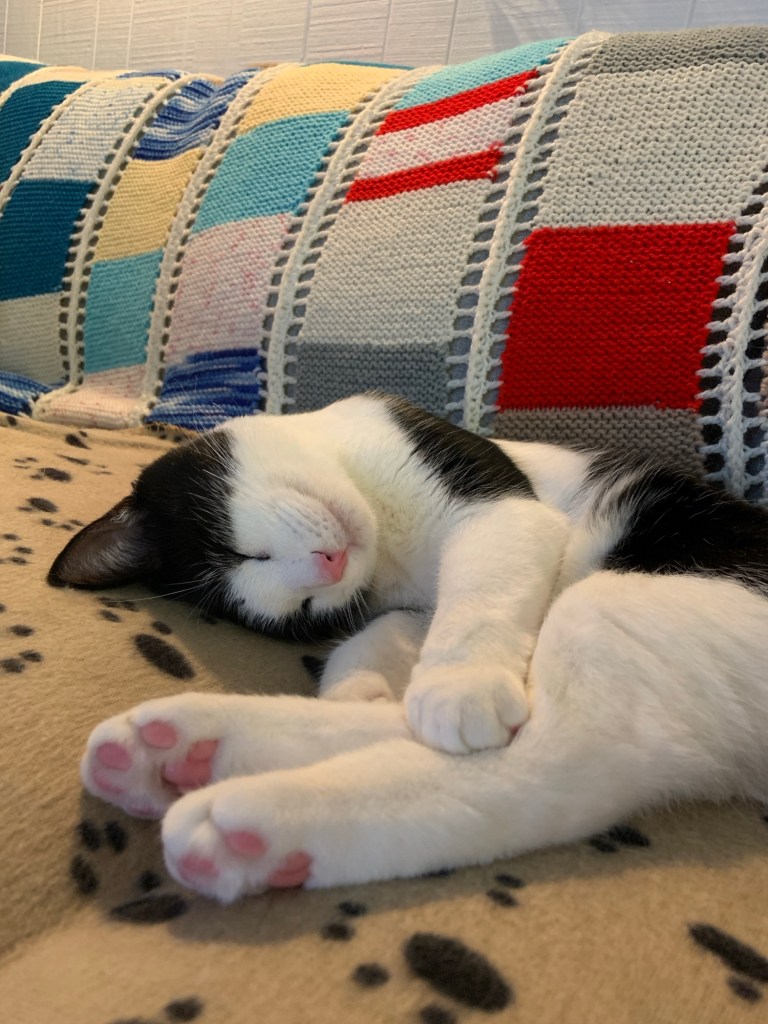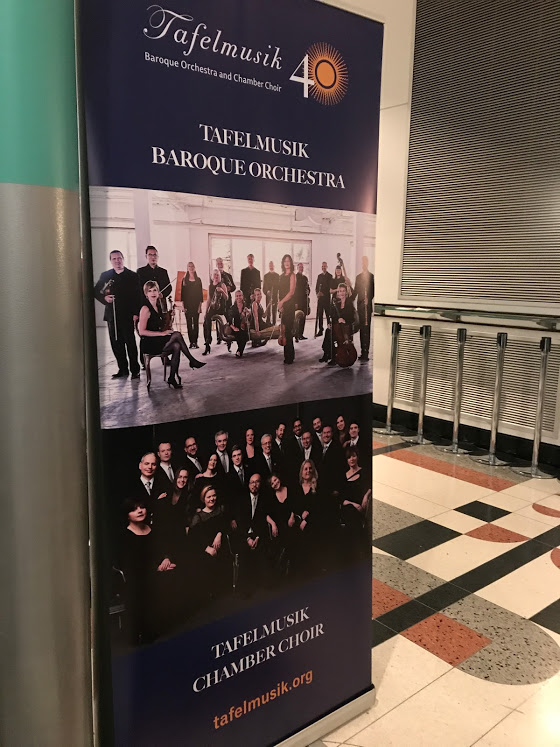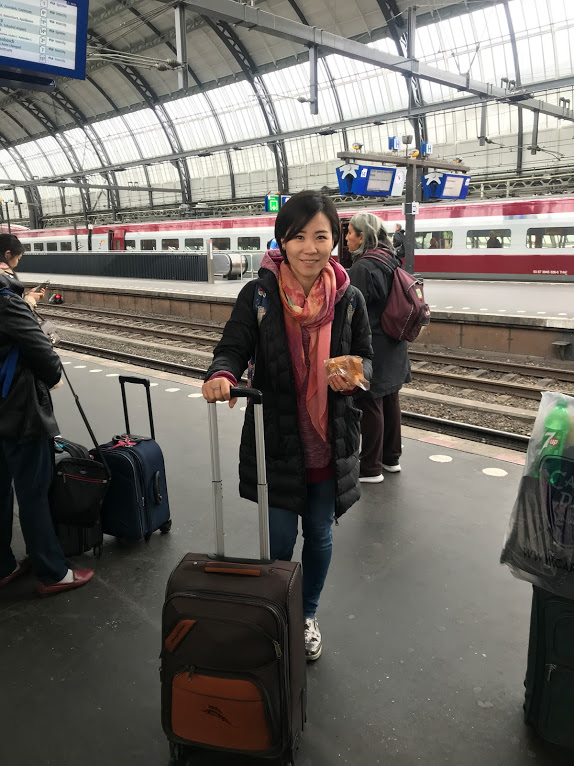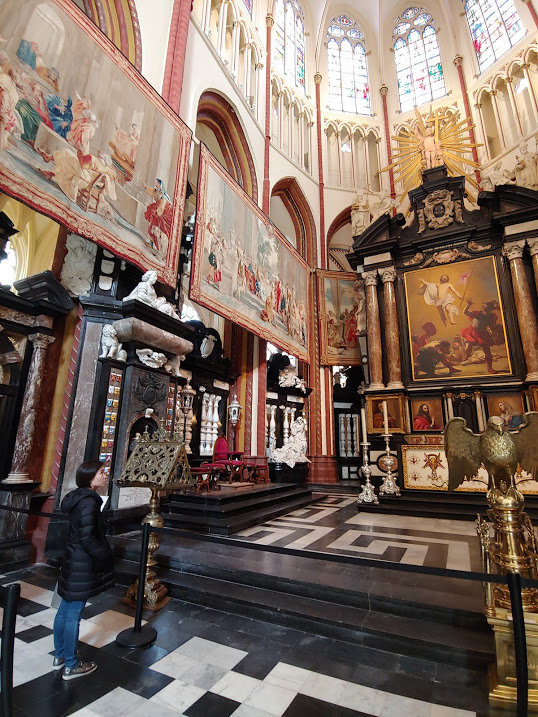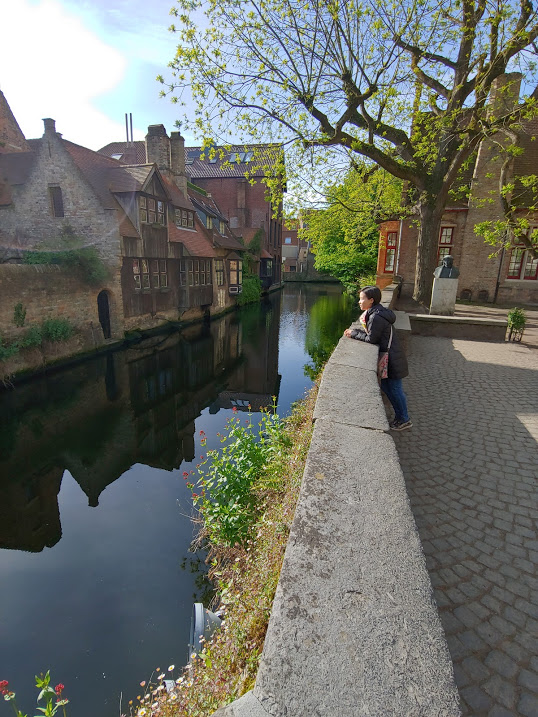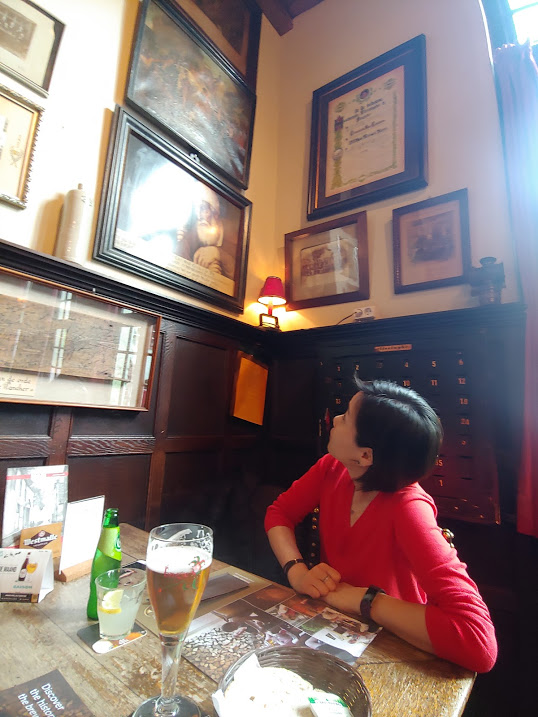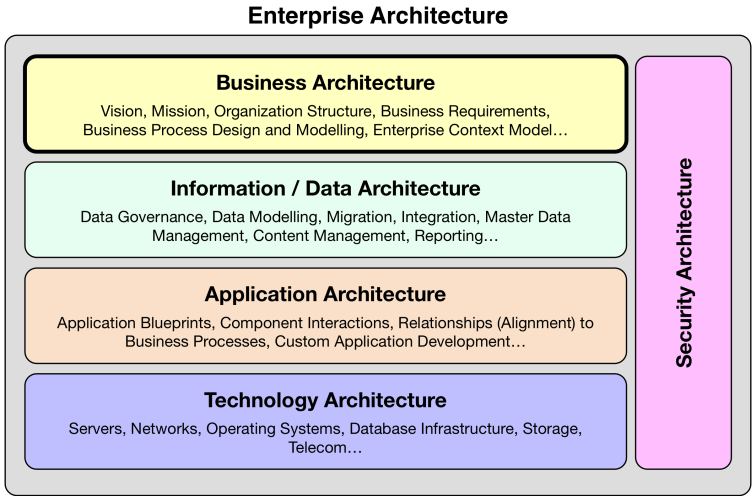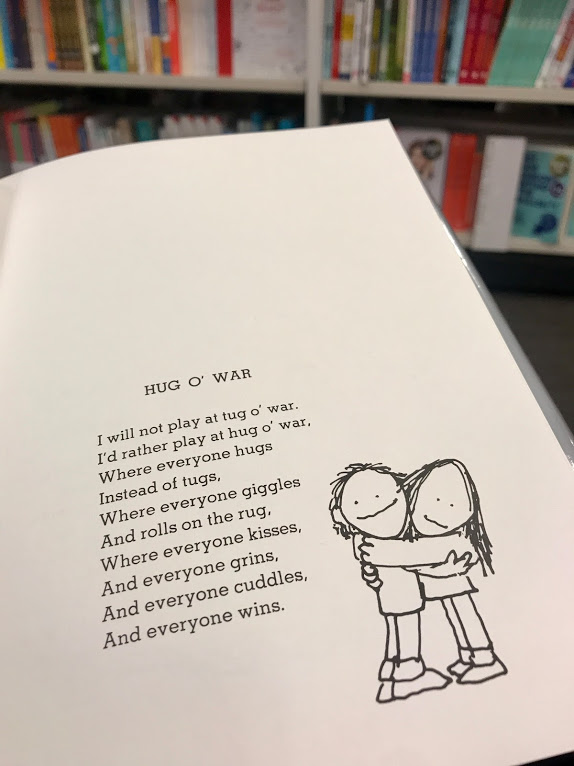Life’s intricate dance of connections—some waltz into your world gracefully and effortlessly, bringing a sense of familiarity as if you’ve known them for decades. Others, like fleeting shadows, fade away and disappear so quickly. As I grow older, I appreciate those who effortlessly create lasting connections—those who sit on the sidelines yet never hesitate to lend a hand when I need someone to pull me up and who value the connections we share.
Reflecting on this year, I cherish even more those who weave lasting bonds, appreciate the shared moments, and embrace the beauty of genuine connections. In life’s ups and downs, I remind myself again today to enjoy every moment I spend with those who appreciate my company and those I care about, because time passes so quickly, like sand slipping through your fingers.
As I wrap up another year, I hope you find the courage to build meaningful connections, the strength to let go of what doesn’t feel right anymore, and the wisdom to treasure the little moments that matter most. Life can be unpredictable, but it’s the people we hold close who make it all worthwhile.
Here’s to a new year filled with love, laughter, and meaningful connections that make life brighter. Thanks for being part of my journey, and cheers to what’s ahead!
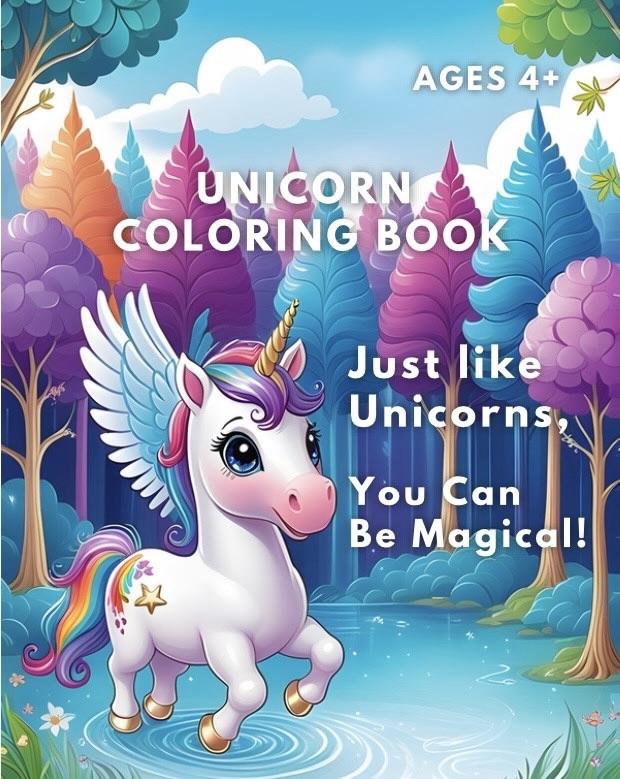


Earlier this year, I partnered with a friend to bring an exciting vision to life—creating vibrant and creative kids’ coloring books! They’re now available on Amazon, so take a look and let me know what you think! 🙂

